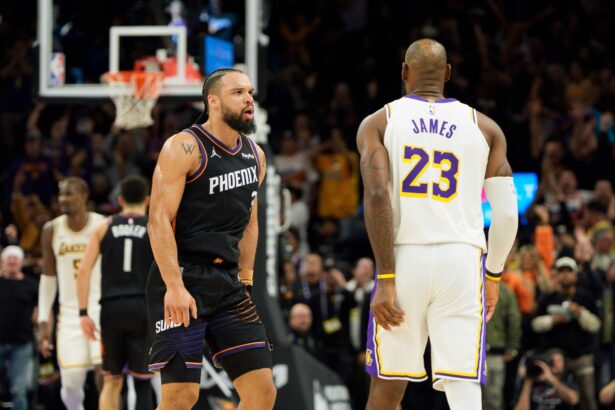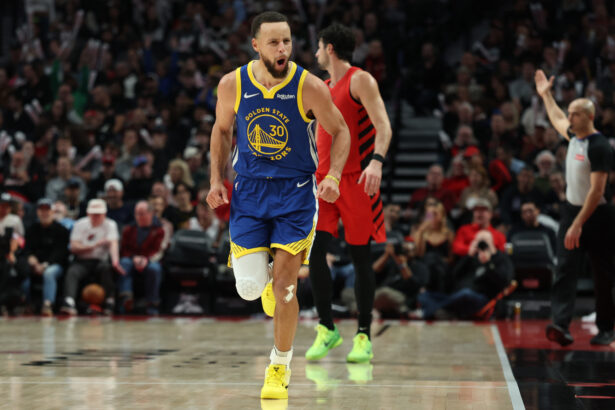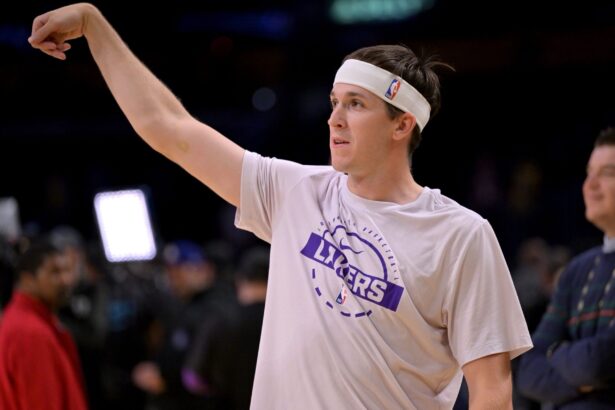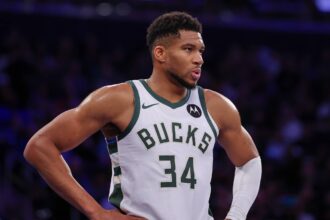Stephen Curry’s split with Under Armour had been bubbling beneath the surface for a while, but one detail now stands out above the rest. According to Sports Business Journal, Caitlin Clark became one of the unexpected turning points.
The most popular women’s basketball player on the planet didn’t just slip through Under Armour’s hands; she represented exactly what Curry felt the brand was failing to deliver: investment, ambition, and a long-term vision for what his brand could become.
Curry had built the Curry Brand from scratch inside Under Armour. He wasn’t just a signature athlete. He was the foundation.
Curry was responsible for one of Under Armour’s biggest basketball success stories, with his shoes generating more than $250 million in yearly sales at their peak. After more than a decade together, he expected Under Armour to match that commitment with the next era. That meant chasing the biggest rising star in basketball, Caitlin Clark, and doing it aggressively.
Instead, Under Armour’s offer reportedly fell well short of Nike’s. Clark chose Nike, and that hit Curry harder than most realized. For him, Clark wasn’t just another signee. She was the ideal successor to carry the Curry Brand after he eventually retired. Bringing in the most influential women’s player in the sport would have given Curry’s imprint real staying power. Instead, Under Armour lost Clark and watched Nike grab the spotlight.
Sources described it as a ‘sore point’ for Curry. The miss wasn’t just about business; it was about direction. If Under Armour wasn’t willing to invest heavily in the biggest star available now, what would that mean when Curry’s own playing days ended? What would that mean for the brand he had spent more than a decade elevating?
Clark wasn’t the only factor, but she amplified the frustration Curry had been carrying. The company’s support for his line reportedly plateaued in recent years. Meanwhile, Curry continued to carry the brand’s identity on his back, even as he aged into his late 30s. Eventually, he reached a point where he wanted more freedom, more ownership, and more control over what the Curry Brand would be.
That’s why the breakup felt sudden to the public but inevitable behind the scenes. Curry wanted growth, creativity, and investment. Under Armour was falling behind in offering it.
Now he’s in sneaker-free agency, and he’s enjoying every second. One day, he’s pulling up in a Reebok Shaqnosis. The next day, he’s walking in wearing Kobe 6 Mambacitas. Some nights, he arrives in classic Nikes, warmups in Pennys, and then switches back to his Curry Brand pair for tip-off. It’s deliberate. It’s playful. And it’s a message to every major brand: This could be you.
Curry isn’t rushing into anything. He’s treating the next chapter as a long-term business decision, not just a contract. Wherever he lands: Nike, Adidas, Reebok, or something totally independent, it will be a partnership built on ambition.
And somewhere in the background, Caitlin Clark’s decision plays a real part in why he’s no longer with the company he once worked for.



















